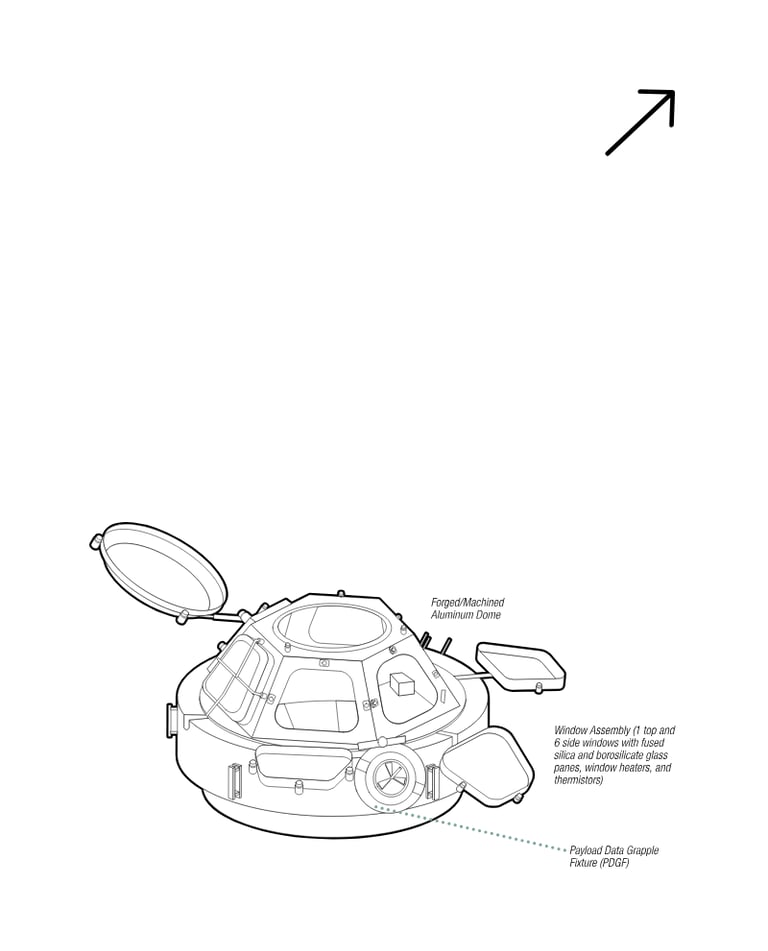

THE
CUPOLA
X
THE
NBL
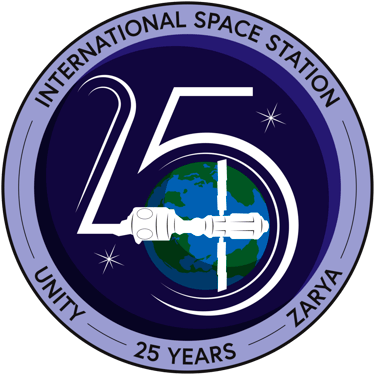

Ignore security warnings while downloading the app
THE APP
The Cupola is an immersive mobile prototype that lets users explore the International Space Station’s observation dome through full 360° gyro navigation. Float in microgravity, observe Earth through the Cupola’s seven windows, and interact with drifting tools and panels to uncover their stories. With a single tap, transition to the Neutral Buoyancy Laboratory (NBL) prototype — where astronauts train underwater for spacewalks. Designed not as a simulation but as an educational experience, Cupola brings the wonder of space exploration into the hands of billions of mobile users worldwide.
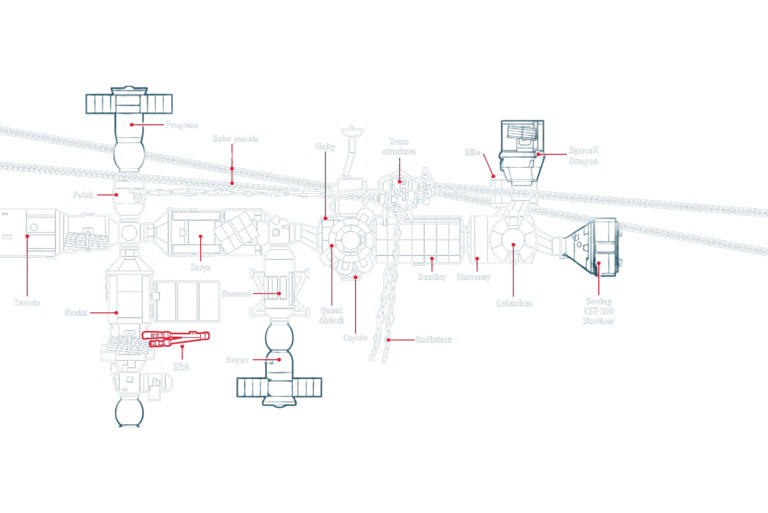

THE ISS
Suspended between day and night, the International Space Station drifts as humanity’s shared lighthouse in the void, a living cathedral of science built by the collective reach of our curiosity. High above the blue curve of Earth, astronauts work in quiet unity, turning experiments into hope and distant horizons into lessons for life below. It is not merely a station in space; it is proof that when we rise together, we illuminate the darkness.
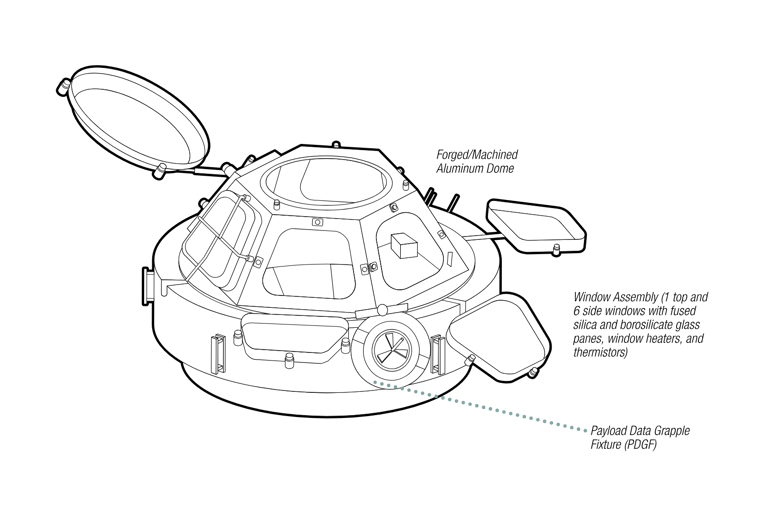

THE CUPOLA
The Cupola is humanity’s window to the world, a fragile dome of glass where astronauts float in silence and gaze down at the living sphere that gave them life. Through its seven windows, continents drift, storms spiral, and the thin blue line of atmosphere shimmers like breath against the dark. It stands as both a sanctuary and a reminder that even from orbit our home remains achingly close and endlessly worth protecting.

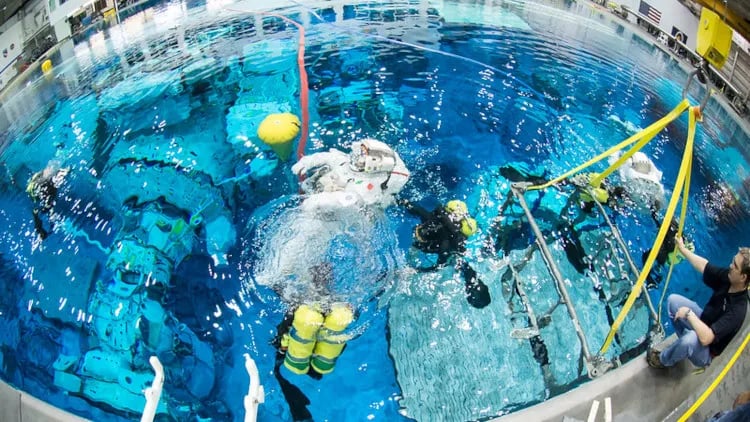

THE NBL
The Neutral Buoyancy Lab is a giant underwater world where astronauts practice living and working in space. Inside its calm, deep pool, they float beside real station models, learning how to move slowly and carefully as they will in orbit. It is the place where humans first feel what it means to be weightless before they ever leave Earth.
OUR NBL
Our NBL provides the educational simulations of scientific experiments on the NBL/ISS for our app users to be weightless before they ever leave Earth.
LENGHT
WIDTH
DEPTH
VOLUME
WATER COMPOSITION
WATER TEMPERATURE
202 feet (61.5 meters)
102 feet (31.1 meters)
40 feet (12.2 meters)
6.2 million gallons
Chlorinated fresh water
84°-86° F (28.9°-30° C)
NBL FACILITY CAPABILITIES
Multiple integrated control rooms
Clean climate controlled environment
Extensive video, audio and instrumentation
capabilitiesMultiple crane systems for equipment handling
SCUBA and surface supplied dive systems
On-site engineering and technical services
Co-located logistics and manufacturing facility
ISO level 8 clean room
Classroom, meeting, and high-bay work areas
Time-critical, mission success ready workforce
World class safety culture
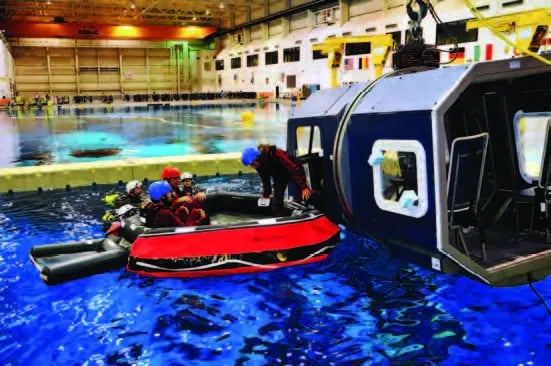

DIVER SUPPORT
With an experienced and certified professional diving staff, the NBL offers operations support, reconfiguration,
camera operations and safety diving functions. The NBL utilizes SCUBA and surface supplied dive systems, with
nitrox and air and has an on-site hyperbaric chamber. There is an ISO Level 8 Clean Room supporting maintenance and repair capabilities.
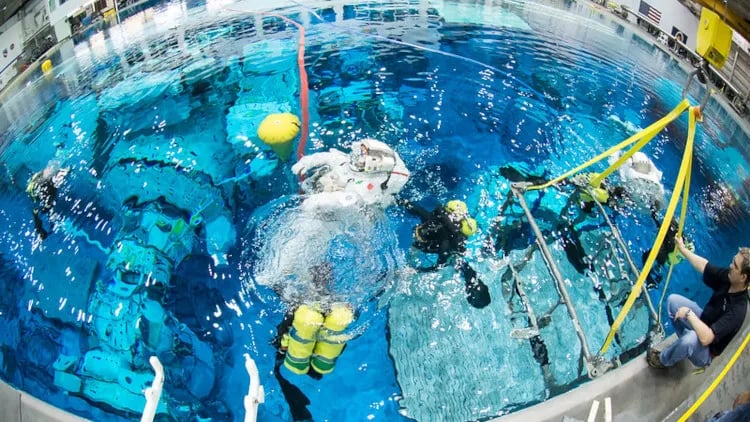





RESEARCHES
RESSOURCES
Space Research & Training References
NASA Image and Video Library – Cupola & Neutral Buoyancy Lab (NBL)
https://images.nasa.gov
Official NASA database featuring photos and videos from the International Space Station’s Cupola module and the Neutral Buoyancy Laboratory (NBL).NASA Johnson Space Center Flickr – Cupola & Neutral Buoyancy Lab
https://www.flickr.com/photos/nasa2explore/albums
High-resolution image archives from NASA’s Johnson Space Center, showcasing astronaut training activities and NBL underwater extravehicular activity (EVA) simulations.Station Research and Technology – International Space Station Research Portal
https://www.nasa.gov/mission_pages/station/research
NASA’s official portal detailing ongoing ISS scientific experiments, research facilities, and technological advancements.Neutral Buoyancy Lab Overview – NASA Johnson Space Center
https://www.nasa.gov/neutral-buoyancy-lab
Comprehensive overview of the Neutral Buoyancy Laboratory, used to simulate microgravity and prepare astronauts for extravehicular missions.Extravehicular Activity (EVA) Systems – NASA Technical Encyclopedia
https://www.nasa.gov/directorates/spacetech/game_changing_development/evs
Detailed technical entry describing NASA’s EVA systems, design challenges, and technological innovations supporting human space exploration.
Project-Based Learning (PjBL) References
Project-Based Learning (PjBL) Learning Model in Science Learning: Literature Review
International Journal of Education and Research, 2021
https://www.ijern.com/journal/2021/February-2021/14.pdf
Literature review on the implementation and effectiveness of the PjBL model in science education, with focus on student engagement and conceptual understanding.Learning Outcomes of Project-Based and Inquiry-Based Learning Activities
International Journal of Instruction, 2020
https://www.e-iji.net/dosyalar/iji_2020_2_22.pdf
Comparative study analyzing student learning outcomes under project-based and inquiry-based pedagogical models.
3D Technical Drafting Reference
GrabCAD – ISS Cupola Interior 3D Model
https://grabcad.com/library/iss-cupola-interior-1
Accurate and detailed 3D model of the International Space Station Cupola interior, suitable for use in educational simulations, virtual prototyping, and technical visualization.
